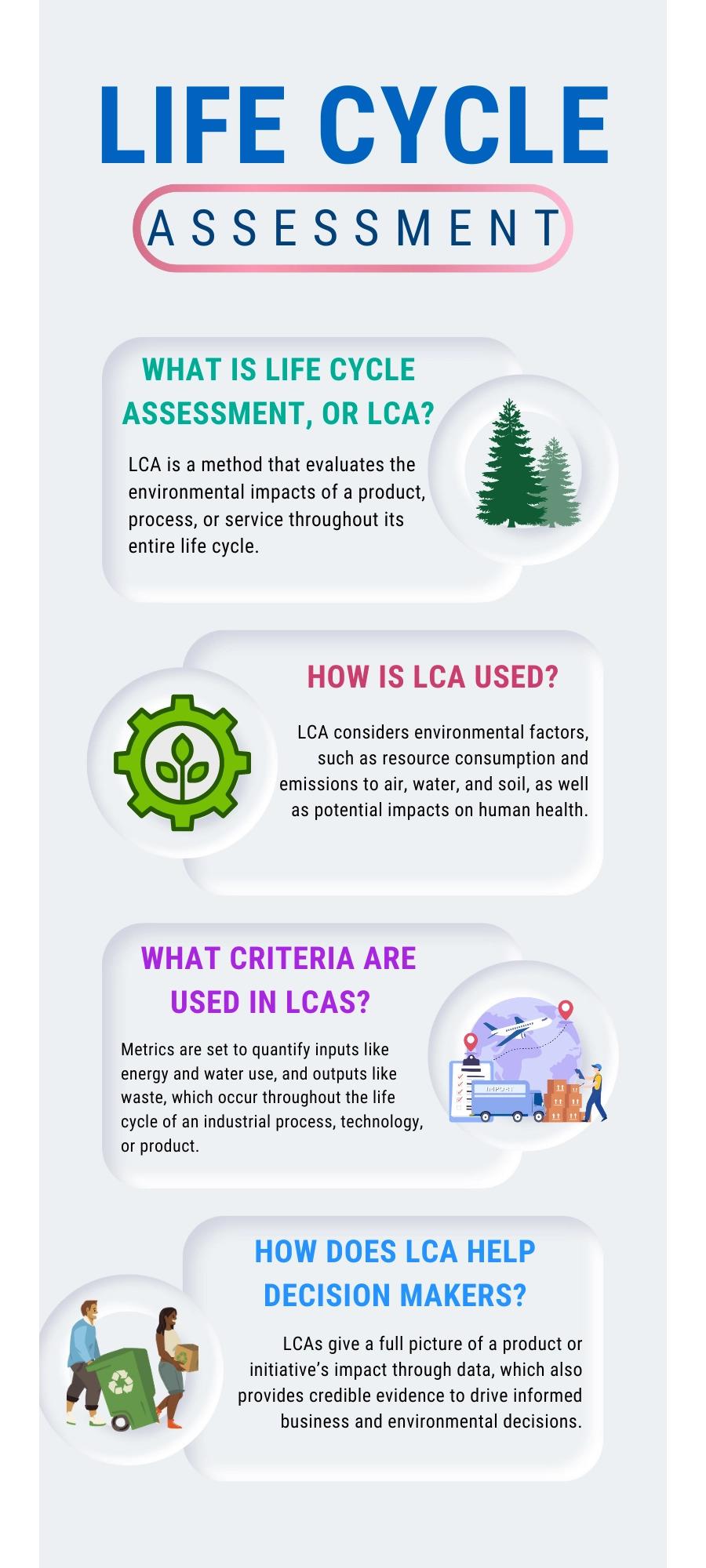Georgia-Pacific Uses Proven Methodologies To Guide Environmental Stewardship Initiatives

Georgia-Pacific continuously evaluates and transforms how we use resources in developing our products. We work to operate responsibly to best serve our partners, consumers, and communities. Guided by our Stewardship Framework, Georgia-Pacific seeks to improve lives, deliver better products, and develop technology and initiatives to consume fewer resources.
As director of environmental sustainability at Georgia-Pacific, Nagapooja Seeba helps Georgia-Pacific understand and improve the environmental impacts of its initiatives. This includes using raw materials such as unbleached pulp, developing products such as Quilted Northern Ultra Soft & Strong® and EarthKraft™ recyclable padded mailers, and innovations such as Juno, a waste recovery technology.
Below, Nagapooja explains the tool and methodology integral to this work that many are not familiar with: life cycle assessments (LCAs). LCAs can be applied to various industries and sectors, providing valuable information for decision-making, product development, and environmental management strategies. It is an essential tool for businesses and policymakers aiming to reduce the environmental impact of products and processes.
What is an LCA?
LCA is a method for evaluating the environmental impacts of a product, process, or service throughout its entire life cycle. This life cycle typically includes all stages of the product or service, including raw material extraction, manufacturing, transportation, use, and disposal.
How are LCAs used?
An LCA provides a more holistic view of the environmental burdens and benefits associated with a particular product or process. This assessment considers various environmental factors, such as resource consumption, emissions to air, water and soil, as well as potential impacts on human health and ecosystems. The assessment creates data that can help evaluate and support sustainability claims, increase credibility, and facilitate sound business decisions.
What criteria are used in LCAs?
During an LCA, a practitioner will set metrics to quantify different inputs, like use of energy, water, and other resources, as well as outputs such as waste, which occur throughout the life cycle of an industrial process, technology, or product. Practitioners use this information to track energy, resources, and materials.
How can LCAs help decision makers with sustainability initiatives?
LCAs give a full picture of a product or initiative’s impacts and guides product design and innovation. The data provides credible evidence and helps make informed business and environmental decisions. It allows Georgia-Pacific to consider a product’s entire supply chain and the implications of raw material extraction and use, production, transportation and distribution, and includes selecting suppliers and partners that align with our sustainability goals and those of our partners.
The information is also important for external audiences to be able to review initiatives and technology and determine if it is achieving its goals.
Georgia-Pacific incorporates LCAs into its decision-making processes and through the data provided by the assessments, makes more informed and strategic choices that contribute to the overall advancement of sustainability initiatives, aligning with its stewardship objectives. Visit Georgia-Pacific's Environmental Stewardship page to learn more.
View original content here.

